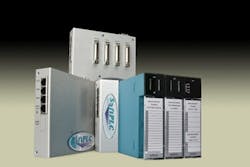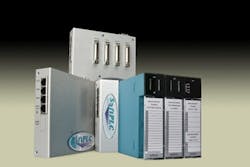SoftPLC's Smart Board Simplifies Systems and Reduces Costs
Automation specifiers and users want control system components to be low-cost, small in size and more connected to each other and to management systems and to remote locations. Users also demand high-performance and security from these solutions.
Today's typical control cabinets can include a controller and I/O, Ethernet switch and/or modem with firewall, protocol converters and associated required cabling and power supplies, most of which adds size, hardware and integration costs, as well as spare-parts requirements.
A single piece of hardware now can do all of these things, says Richard Hollenbeck, chief technology officer at SoftPLC. "Our Smart products provide a local I/O interface to as many as 3,072 I/O, an open architecture interface to virtually any industrial bus/motion control card or any PCI-104 card, remote I/O interface, an Ethernet switch, router, VPN, power-over-Ethernet (PoE) device and communications gateway," says Hollenbeck. "We eliminate between two and 10 components in a control cabinet by combining them into one piece."
These functions are combined in a line of products that includes PACs, I/O adapters and communication gateways, which provide protocol conversion, Ethernet routing and remote access services. "Features can be combined as needed to meet application requirements," says Hollenbeck. "All Smart products include a rich set of base functionality that allows users to minimize control cabinet components and communications cabling without sacrificing functionality. As an engineer's choice, it's just plain smart. The same low-cost hardware can be used as a ruggedized Ethernet switch, remote serial server, modem, I/O adapter, firewall/router and protocol converter. Yet it is also one of the most flexible and powerful PACs available."
At the heart of every Smart product, says Hollenbeck, is SoftPLC's SmartBoard, a low-power CPU that runs on 12-48 Vdc, packaged in a DIN-rail mountable metal enclosure. A wide array of communication connections is standard. SmartBoard is a managed 10/100 Ethernet switch with four ports—three copper and one fiber—that also supports PoE.
Five serial ports are provided, plus another port that can be used for a phone modem or customized interfaces such as CANbus or an A-B remote I/O port. A PCI-104 bus interface provides access to DeviceNet, Profibus, wireless/GSM modem and motion control cards.
"An abundant amount of user application memory includes 63 MB of RAM and support for both Compact and SD Flash disks," says Hollenbeck. "Other hardware features are an FPGA with 32 I/O and a supercap backed up, real-time clock for maintenance-free, battery-free operation."
SmartBoard also can be equipped with interface cards to SoftPLC's Tealware I/O system, either as a Smart SoftPLC controller or a Smart I/O adapter. "For low-count I/O needs, be they small systems or distributed I/O drops, a Backplane3 card allows any three Tealware I/O modules to be mounted directly on the SmartBoard," says Hollenbeck. "For systems requiring more I/O, the LocalPorts card can connect up to 12 Tealware I/O local racks, up to 96 modules/3,072 I/O, and scan them in less than 1 msec."
With Smart Adapter, Tealware I/O also can be used in distributed remote systems over ModbusTCP Ethernet, says Hollenbeck. "One feature of this configuration is that if communication to the master is lost, the Smart Adapter can automatically morph into control mode for localized control until communication is restored," he says. "The Smart Adapter also provides intelligence to allow for user-defined actions upon faults, even down to the individual I/O point level."


